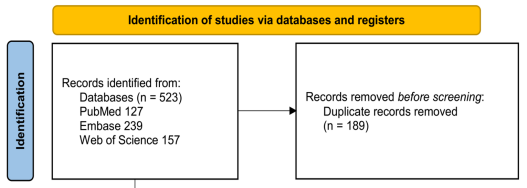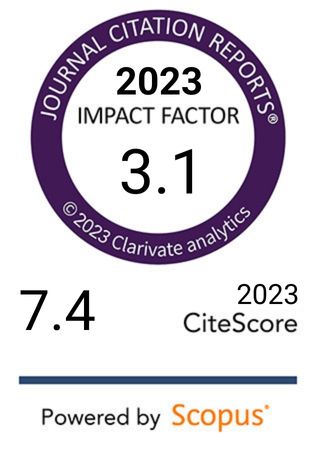Atherogenic index of plasma and risk of diabetic nephropathy in type 2 diabetes: A meta‑analysis
DOI:
https://doi.org/10.17305/bb.2025.12731Keywords:
Type 2 diabetes, atherogenic index of plasma, diabetic nephropathy, proteinuria, meta-analysisAbstract
The atherogenic index of plasma (AIP) is a lipid-based biomarker associated with cardiovascular and renal risks in individuals with type 2 diabetes mellitus (T2DM). However, its relationship with diabetic nephropathy (DN) remains inadequately defined. This meta-analysis aims to assess the association between AIP and DN in T2DM patients. We conducted a comprehensive search in PubMed, Embase, and Web of Science for observational studies that compared the incidence or prevalence of DN across varying AIP levels in T2DM populations. Data were synthesized using a random-effects model to account for potential heterogeneity. A total of eleven datasets from ten studies, encompassing 25,773 T2DM patients, were included in the analysis. The pooled results indicated that higher AIP levels are significantly associated with DN (risk ratio [RR] = 1.51, 95% confidence interval [CI]: 1.36–1.67; p < 0.001). Subgroup analyses revealed a stronger association in patients aged 58 years or older (RR = 1.66) compared to those younger than 58 years (RR = 1.35; p for subgroup difference = 0.02). Similar associations were observed across different study designs, sex distributions, AIP cutoff values, definitions of DN, and quality scores (p for subgroup difference all > 0.05). Meta-regression analysis further indicated that older age positively influenced the strength of the association (coefficient = 0.018, p = 0.03). In conclusion, elevated AIP levels are significantly associated with diabetic nephropathy in T2DM patients, particularly among older individuals.
Citations
Downloads

Downloads
Published
Issue
Section
Categories
License
Copyright (c) 2025 Danyan Min, Junli Zhao, Miao Liu

This work is licensed under a Creative Commons Attribution 4.0 International License.









